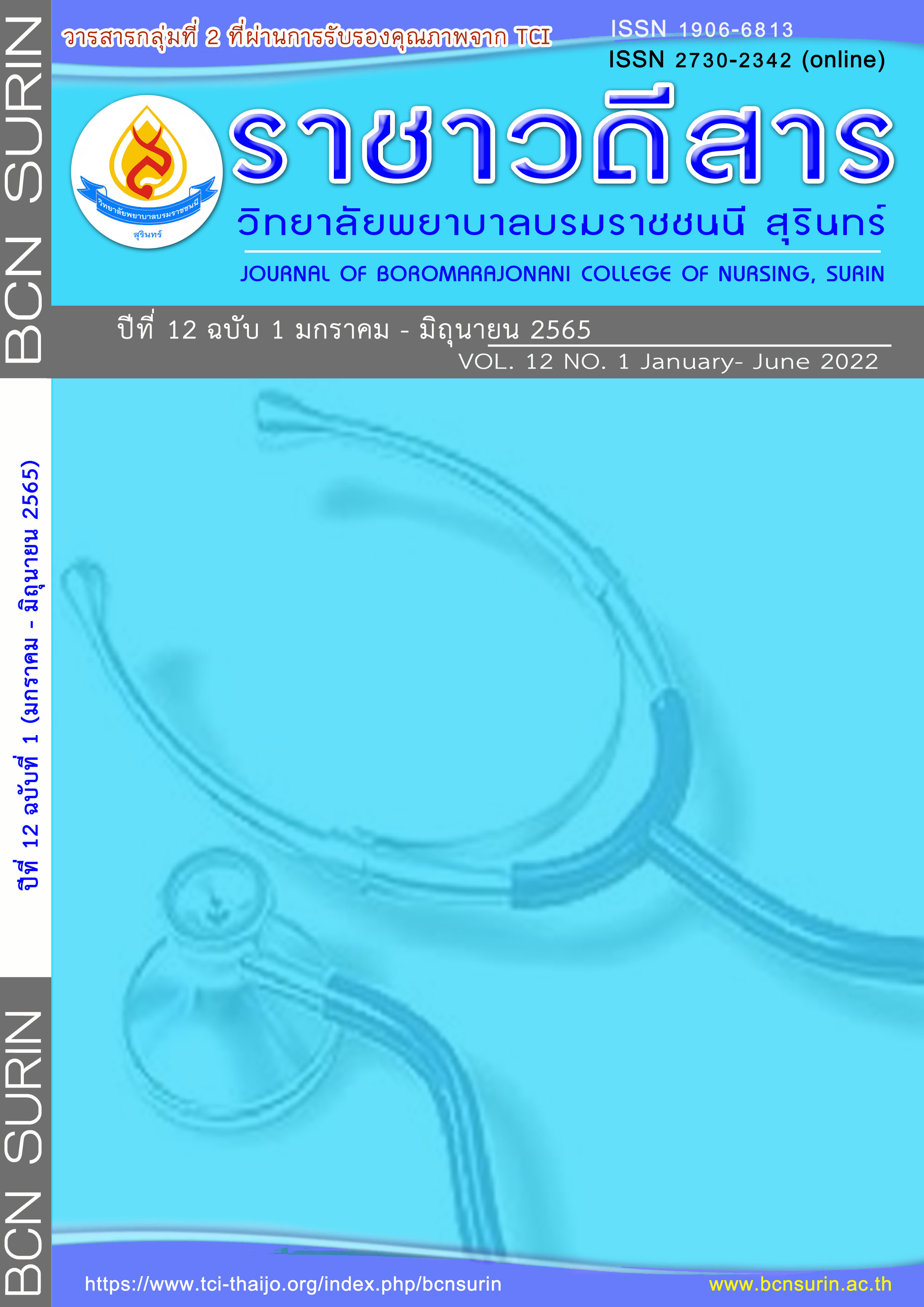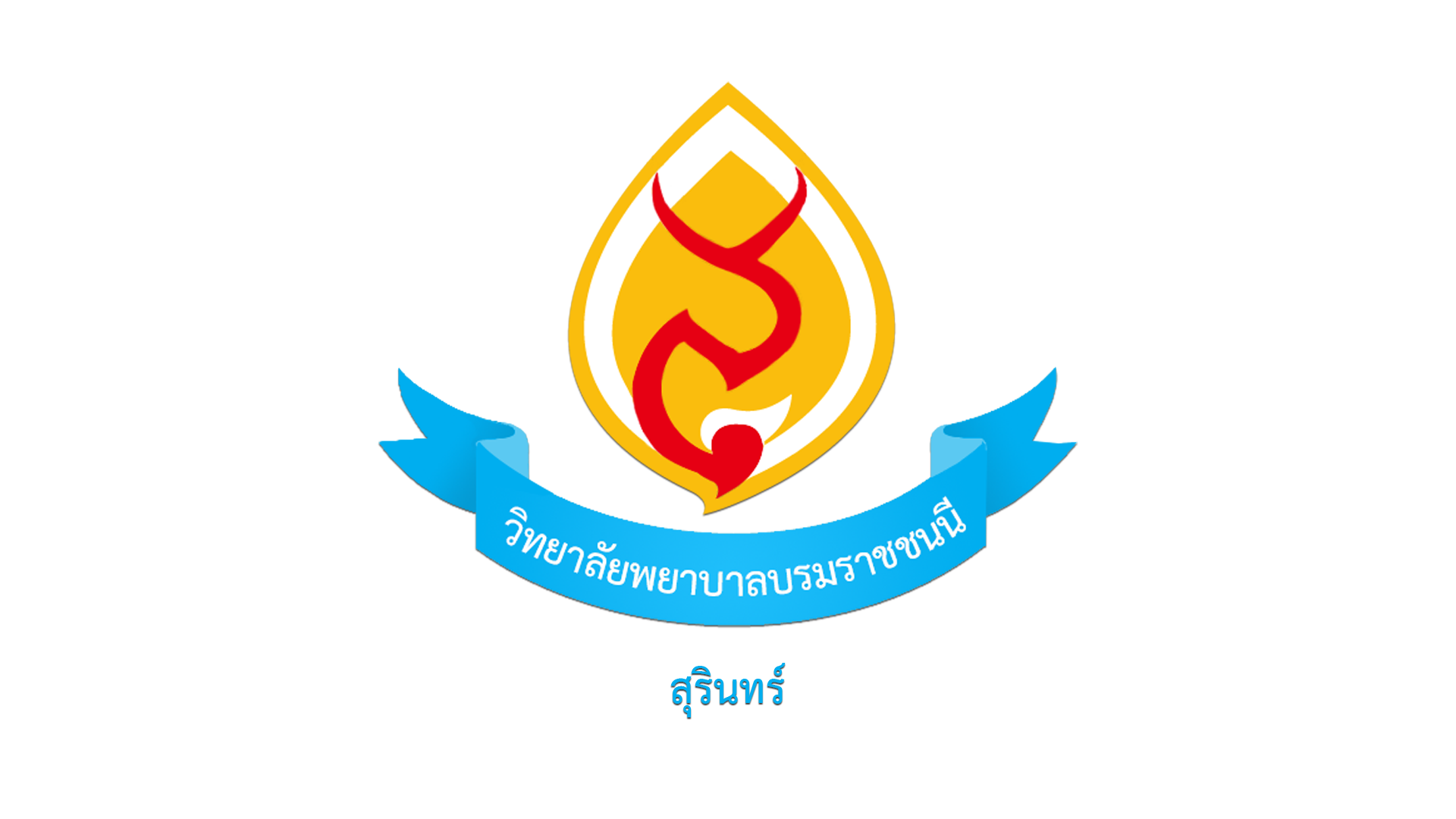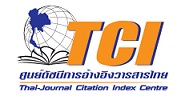ความสำเร็จของการหย่าเครื่องช่วยหายใจ:
บทบาทที่ท้าทายของพยาบาล
คำสำคัญ:
การหย่าเครื่องช่วยหายใจ , บทบาทพยาบาล, การพยาบาลบทคัดย่อ
เครื่องช่วยหายใจเป็นอุปกรณ์ที่ช่วยประคับประคองการหายใจในผู้ป่วยที่มีภาวะหายใจล้มเหลว เมื่อผู้ป่วยมีอาการดีขึ้น สามารถหายใจได้ด้วยตนเอง ควรหย่าเครื่องช่วยหายใจให้เร็วที่สุดเท่าที่จะเป็นไปได้เพื่อช่วยลดภาวะแทรกซ้อน ลดระยะเวลารักษาตัวในโรงพยาบาล และอัตราการตาย พยาบาลมีบทบาทสำคัญในการช่วยหย่าเครื่องช่วยหายใจ ความท้าทายเริ่มตั้งแต่การประเมิน และการติดตามตามอาการผู้ป่วยไปจนกระทั่งหลังถอดเครื่องช่วยหายใจ ความสำเร็จของการหย่าเครื่องช่วยหายใจขึ้นอยู่กับปัจจัยหลายประการ ประกอบด้วย กลยุทธ์การใช้เครื่องช่วยหายใจ แนวทางการหย่าเครื่องช่วยหายใจ การเคลื่อนไหวและกายภาพบำบัด หน่วยงานพิเศษช่วยหย่าเครื่องช่วยหายใจและความพร้อมของผู้ป่วย แนวปฏิบัติในการช่วยหย่าเครื่องช่วยหายใจ แบ่งเป็น 3 ระยะ คือ ระยะก่อนหย่าเครื่องช่วยหายใจ ระยะหย่าเครื่องช่วยหายใจ และระยะถอดท่อช่วยหายใจ บทความนี้ได้รวบรวมแนวปฏิบัติจากหลักฐานเชิงประจักษ์ที่น่าเชื่อถือเกี่ยวกับการหย่าเครื่องช่วยหายใจ ตลอดจนนำเสนอตัวอย่างแผนการพยาบาลในการหย่าเครื่องช่วยหายใจ พยาบาลวิชาชีพสามารถใช้เป็นแนวทางในการส่งเสริมความสำเร็จในการหย่าเครื่องช่วยหายใจของผู้ป่วยได้
เอกสารอ้างอิง
จันทร์ทิรา เจียรณัย. (2560). การพยาบาลผู้ป่วยที่มีปัญหาการผันแปรออกซิเจนและการระบายอากาศ. สำนักพิมพ์มหาวิทยาลัยเทคโนโลยีสุรนารี.
ดวงรัตน์ วัฒนกิจไกรเลิศ, ฐิติพร ปฐมจารวัฒน์ และเดช เกตุฉ่ำ. (2556). ปัจจัยทำนายความสำเร็จในการหย่าเครื่องช่วยหายใจของผู้ป่วยที่มีภาวะหายใจล้มเหลวที่ใส่ท่อและเครื่องช่วยหายใจ. วารสารพยาบาลศาสตร์, 31(3), 58-66.
ธารทิพย์ วิเศษธาร, กัญจนา ปุกคำ และสมจิตร์ ยอดระบำ. (2562). การพัฒนารูปแบบการหย่าเครื่องช่วยหายใจในผู้ป่วยวิกฤตศัลยกรรม โรงพยาบาลมหาราชนครศรีธรรมราช. วารสารพยาบาลโรคหัวใจและทรวงอก, 30(2), 176-192.
ปนัดดา เสือหรุ่น, อรพรรณ โตสิงห์, สุพร ดนัยดุษฎีกุล และอรอุมา ชัยวัฒน์. (2558). ปัจจัยเสี่ยงต่อการใช้เครื่องช่วยหายใจนานในผู้ป่วยหลังผ่าตัดช่องท้องระยะวิกฤต. วารสารสภาการพยาบาล, 30(4), 251-265.
ภมร แช่มรักษา และธันยมัย ศรีหมาด. (2557). ปัจจัยทำนายระยะเวลาหย่าเครื่องช่วยหายใจในหอผู้ป่วยศัลยกรรมทางเดินหายใจ. วารสารมหาวิทยาลัยนราธิวาสราชนครินทร์, 6(2), 36-46.
ยุพา วงศ์รสไตร อรสา พันธ์ภักดี และสุปรีดา มั่นคง. (2551). แนวปฏิบัติการพยาบาลเพื่อส่งเสริมความสำเร็จในการหย่าเครื่องช่วยหายใจ. รามาธิบดีพยาบาลสาร, 14(3), 347-368.
เยาวลักษณ์ วุฒิยาสาร, ฐิตินันท์ วัฒนชัย, นิภาดา ธารีเพียร และพรรณราย สุนทรจามร. (2559). ปัจจัยที่มีความสัมพันธ์กับระยะเวลาการหย่าเครื่องช่วยหายใจในหอผู้ป่วยอายุรกรรม. วารสารการพยาบาลและการดูแลสุขภาพ, 34(4), 89-96.
ศิริพร วงศ์จันทรมณี. (2563). ผลการใช้แนวปฏิบัติทางคลินิกการหย่าเครื่องช่วยหายใจในผู้ป่วยสูงอายุที่มีภาวะหายใจล้มเหลว งานห้องผู้ป่วยหนัก โรงพยาบาลสุโขทัย. วารสารพยาบาลศาสตร์ มหาวิทยาลัยคริสเตียน, 7(1), 1-15.
Ambrosino, N., & Vitaaca, M. (2018). The patient needing prolonged mechanical ventilation: a narrative review. Multidisciplinary Respiratory Medicine, 13, 6. https://doi.org/10.1186/s40248-018-0118-7
Baptistella, A. R., Sarmento, F. J., da Silva, K. R., Baptistella, S. F., Taglietti, M., Zuquello, R. Á., & Nunes Filho, J. R. (2018). Predictive factors of weaning from mechanical ventilation and extubation outcome: A systematic review. Journal of Critical Care, 48, 56-62. doi: 10.1016/j.jcrc.2018.08.023. Epub 2018 Aug 20.
Béduneau, G., Pham, T., Schortgen, F., Piquilloud, L., Zogheib, E., Jonas, M., Grelon, F., Runge, I., Terzi, N., Grange, S., Barberet, G., Guitard, P-G., Frat, J-P., Constan, A., Mancebo, J., Mercat, A., Richard, J-C. M. & Brochaed, L. (2017). Epidemiology of weaning outcome according to a new definition, The WIND Study. American Journal of Respiratory and Critical Care Medicine, 195(6), 772-783.
Boles, J-M., Bion, J., Connors, A., Herridge, M., Marsh, B., Melot, C., Pearl, R., Silverman, H., Stanchina, M., Vieillard-Baron, A. & Welte, T. (2007). Weaning from mechanical ventilation. European Respiratory Journal, 29, 1033-1056. https://doi:10.1183/09031936.00010206
Burns, S. M., Fisher, C., Earven Tribble, S. S., Lewis, R. A., Merrel, P., Conaway, M. R., & Bleck, T. P. (2010). Multifactor clinical score and outcome of mechanical ventilation weaning trials: Burns Wean Assessment Program. American Journal of Critical Care: an official publication, American Association of Critical-Care Nurses, 19(5), 431-439.
Hawkins, W. A., Smith, S. E., Newsome, A. S., Carr, J. R., Bland, C. M., & Branan, T. N. (2020). Fluid Stewardship during critical Illness: A call to action. Journal of Pharmacy Practice, 33(6), 863–873. https://doi.org/10.1177/0897190019853979
Hirzallah, F. M., Alkaissi, A., & do Céu Barbieri-Figueiredo, M. (2019). A systematic review of nurse-led weaning protocol for mechanically ventilated adult patients. Nursing in Critical care, 24(2), 89–96. https://doi.org/10.1111/nicc.12404
Jeong, E. S., & Lee, K. (2018). Clinical application of modified Burns Wean Assessment program scores at first spontaneous breathing trial in weaning patients from mechanical ventilation. Acute and critical care, 33(4), 260–268. https://doi.org/10.4266/acc.2018.00276
Jhou, H. J., Chen, P. H., Ou-Yang, L. J., Lin, C., Tang, S. E., & Lee, C. H. (2021). Methods of weaning from mechanical ventilation in adult: A network meta-analysis. Frontiers in medicine, 8, 752984. https://doi.org/10.3389/fmed.2021.752984
Nitta, K., Okamoto, K., Imamura, H., Mochizuki, K., Takayama, H., Kamijo, H., Okada, M., Takeshige, K., Kashima, Y. & Satou, T. (2019). A comprehensive protocol for ventilator weaning and extubation: A prospective observational study, Journal of Intensive Care, 7(50), https://doi.org/10.1186/s40560-019-0402-4
Ouellette, D. R., Patel, S., Girard, T. D., Morris, P. E., Schmidt, G. A., Truwit, J. D., Alhazzani, W., Burns, S. M., Epstein, S. K., Esteban, A., Fan, E., Ferrer, M., Fraser, G. L., Gong, M. N., Hough, C. L., Mehta, S., Nanchal, R., Pawlik, A. J., Schweickert, W. D., Sessler, C. N., … Kress, J. P. (2017). Liberation from mechanical ventilation in critically ill adults: An Official American College of Chest Physicians/American Thoracic Society Clinical Practice Guideline: Inspiratory Pressure Augmentation During Spontaneous Breathing Trials, Protocols Minimizing Sedation, and Noninvasive Ventilation Immediately After Extubation. Chest, 151(1), 166–180. https://doi.org/10.1016/j.chest.2016.10.036
Penuelas, O., Keough, E., Lopez-Rodriguez, L., Carriedo, D., Goncalves, G., Barreiro, E. & Lorente, J. A. (2019). Ventilator-induced diaphragm dysfunction: translational mechanisms lead to therapeutical alternatives in the critically ill. Intensive Care Medicine Experimental, 7(Suppl 1). http://doi.org/10.1186/s40635-019-0259-9
Power, S., Wiggs, M. P., Sollanek, K. J., & Smuder, A. J. (2013). Ventilator-induced diaphragm dysfunction: cause and effect. American Journal of Physiology. Regulatory, Integrative and Comparative Physiology. 305(5), R464-R477. http://doi: 10.1152/ajpregu.00231.2013. Epub 2013 Jul 10.
Pu L, Zhu B, Jiang L, Du B, Zhu X, Li A, Li G, He Z, Chen W, Ma P, Jia J, Xu Y, Zhou J, Qin L, Zhan Q, Li W, Jiang Q, Wang M, Lou R, Xi X. (2015). Weaning critically ill patients from mechanical ventilation: A prospective cohort study. Journal of Critical Care, 30(4), 862.e7-e13. doi: 10.1016/j.jcrc.2015.04.001. Epub 2015 Apr 16. PMID: 25957496.
Sepahyar, M., Molavynejad, S., Adineh, M., Savaie, M., & Maraghi, E. (2021). The Effect of Nursing Interventions Based on Burns Wean Assessment Program on successful weaning from mechanical ventilation: A randomized controlled clinical trial. Iranian Journal of Nursing and Midwifery Research, 26(1), 34–41. https://doi.org/10.4103/ijnmr.IJNMR_45_20
Wang, J., Walline, J.H., Yin, L. Dai, Y., Zhu, H., Yu, X. & Xu, J. (2021). Efficacy of prophylactic methylprednisolone on reducing the risk of post-extubation stridor in patients after an emergency intubation: study protocol for a randomized controlled trial. Trials, 22, 30. https://doi.org/10.1186/s13063-020-04994-9
Yildirim, F., Karabacak, H., & Kaya, I.O. (2020). Factor affecting weaning failure in critically-ill patient undergoing emergency gastrointestinal surgery. Journal of Critical Intensive Care, 11(1), 8-14.
ดาวน์โหลด
เผยแพร่แล้ว
เวอร์ชัน
- 2022-07-01 (2)
- 2022-06-20 (1)
รูปแบบการอ้างอิง
ฉบับ
ประเภทบทความ
สัญญาอนุญาต
ลิขสิทธิ์ (c) 2022 ราชาวดีสาร วิทยาลัยพยาบาลบรมราชชนนี สุรินทร์

อนุญาตภายใต้เงื่อนไข Creative Commons Attribution-NonCommercial-NoDerivatives 4.0 International License.
เนื้อหาและข้อมูลในบทความที่ตีพิมพ์ในราชาวดีสาร วิทยาลัยพยาบาลบรมราชชนนี สุรินทร์ ถือเป็นข้อคิดเห็นและความรับผิดชอบของผู้เขียนบทความโดยตรง ซึ่งกองบรรณาธิการวารสารไม่จำเป็นต้องเห็นด้วย หรือร่วมรับผิดชอบใดๆ
บทความ ข้อมูล เนื้อหา รูปภาพ ฯลฯ ที่ได้รับการตีพิมพ์ในราชาวดีสาร วิทยาลัยพยาบาลบรมราชชนนี สุรินทร์ หากบุคคลหรือหน่วยงานใดต้องการนำทั้งหมดหรือส่วนหนึ่งส่วนใดไปเผยแพร่หรือกระทำการใดๆ จะต้องได้รับอนุญาตเป็นลายลักษณ์อักษรจากราชาวดีสาร วิทยาลัยพยาบาลบรมราชชนนี สุรินทร์ ก่อนเท่านั้น






